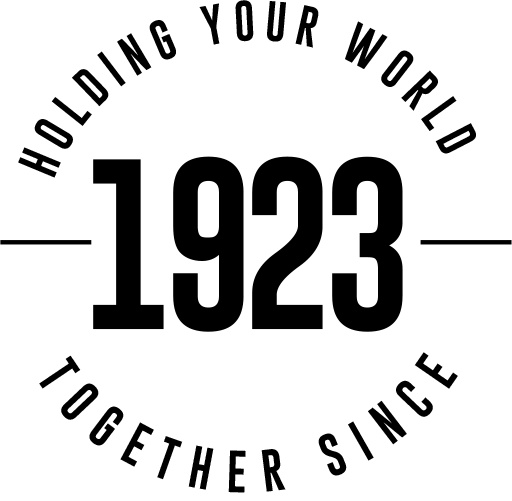Like most rubber band manufacturers, Alliance Rubber Company obtains its natural rubber from the Southeast Asian countries of Malaysia, Thailand, Vietnam, and Indonesia. The rubber tree can only thrive in hot, damp regions near the equator, so 90% of true rubber production today occurs in these areas.
Within the rubber tree, latex is found. Distinct from the sap, latex serves as a protective agent, seeping out of and sealing over wounds in the tree’s bark. To “tap” the substance, rubber harvesters cut a wedge in the bark. They must reach the latex without cutting into the sap vessels. After workers make a cut, latex oozes out and collects in a container attached to the tree. Tapping takes place every other day, and each tapping yields about 2 ounces (56 grams) of the substance. After tapping, the cut dries, and latex stops flowing in an hour or two. An average rubber tree yields 19 pounds of rubber latex annually, and it requires 700,000 rubber trees to supply Alliance each year with natural rubber. Trees are six years old before tapping for rubber begins and they may be tapped for up to 28 years.





